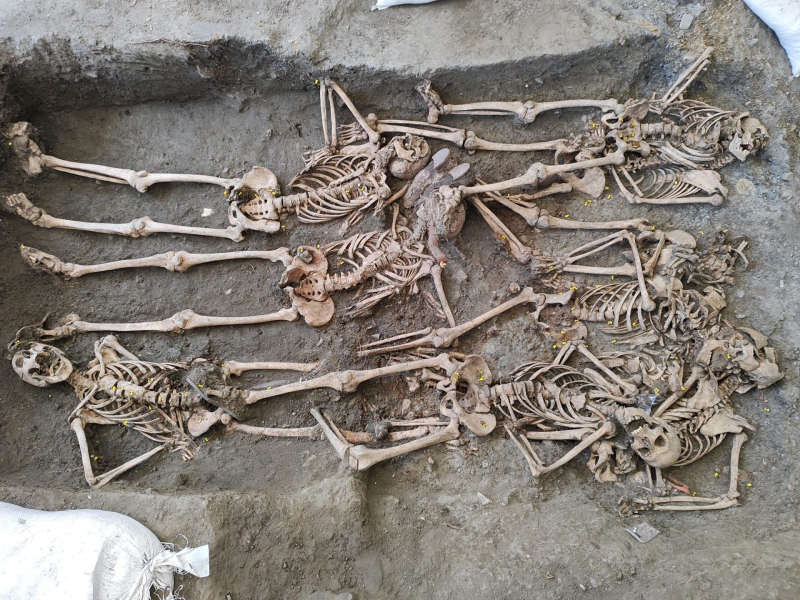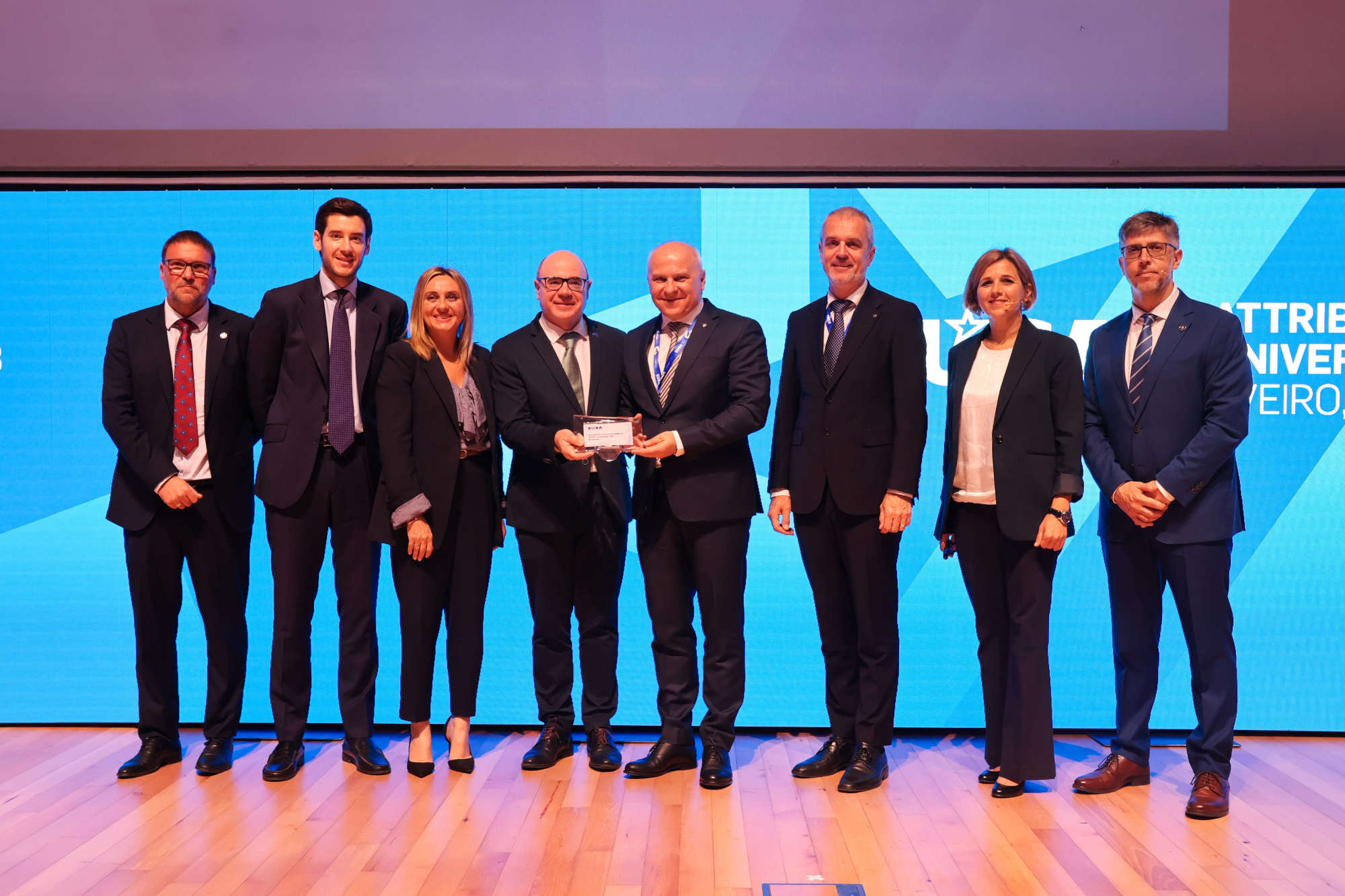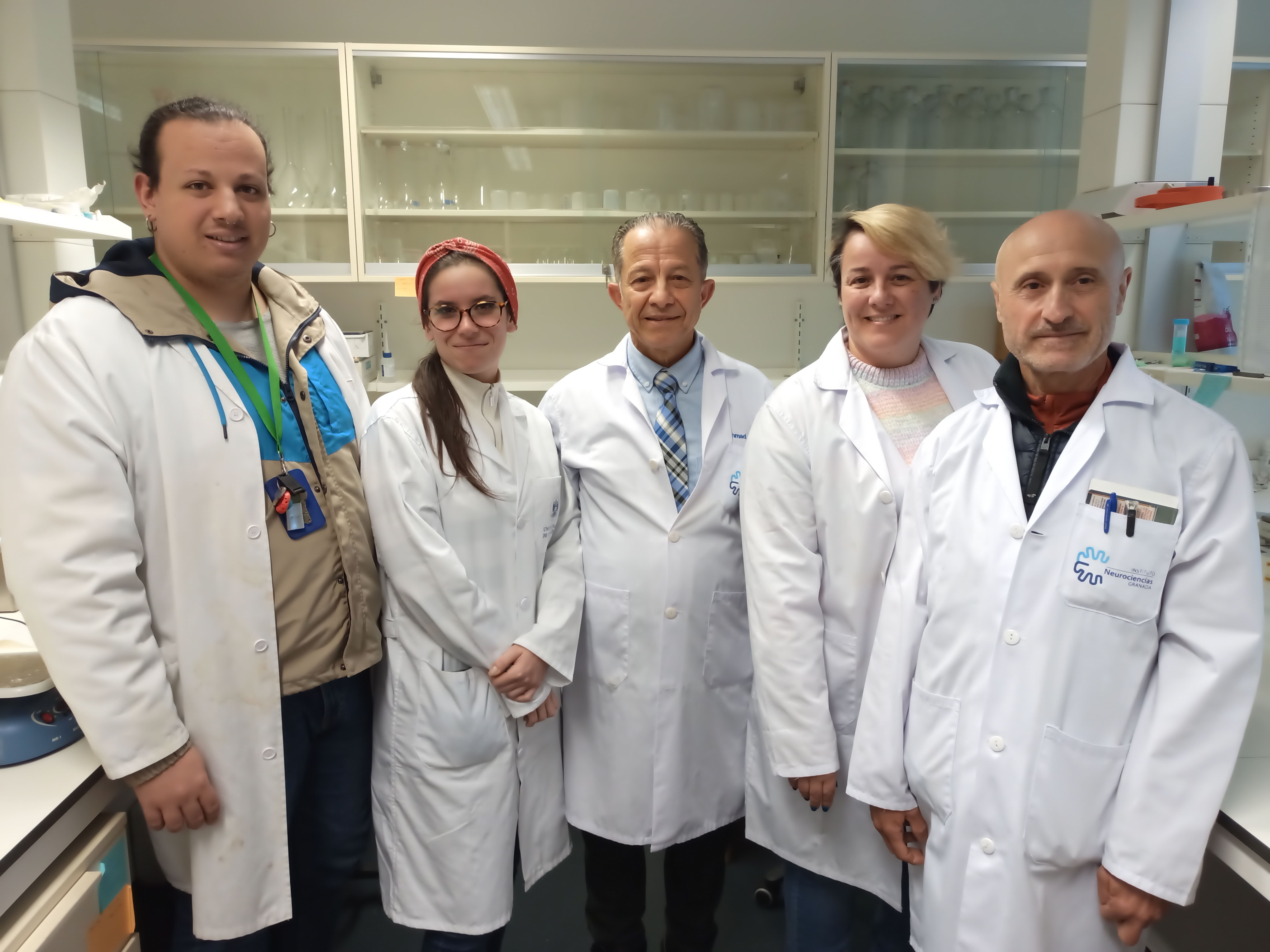
The team of researchers led by Francisco Carrión Méndez, a Senior Lecturer in Prehistory and Archaeology at the University of Granada (UGR), has excavated a mass grave in the Barranco de Víznar ravine where they found the bodies of 10 people with gunshot wounds to the head and their hands tied behind their backs. The team is now proceeding with their exhumation for subsequent analysis, bringing the total number of bodies recovered so far to 124, including 32 women.
Following the entry into force in July 2022 of the Law of Democratic Memory, the Barranco de Víznar ravine in the province of Granada has been designated a Democratic Memory Site. In this ravine, just 10 minutes from the town of Víznar, executions took place shortly after the beginning of the Spanish Civil War. The victims found by the UGR team were mostly killed in groups, usually with one to four shots to the head. After being executed, the victims were thrown into mass graves, from which they are now being exhumed, almost 90 years later.
Ana Gil Montaño, the Commissioner for Reconciliation (Regional Ministry of Tourism, Culture and Sports of Andalusia), who is responsible for managing historical and democratic memory policies in the Autonomous Region of Andalusia, visited the Víznar excavation site on Tuesday 23 April.
The excavation process began in mid-January and is scheduled to continue until June. The aim of the research team, coordinated by Dr Carrión and made up of archaeologists, physical and forensic anthropologists, sociologists and historians, is to excavate and exhume at least three new mass graves identified through archaeological prospection in 2023. They also plan to investigate other areas in the same ravine that exhibit potential indications of new burial sites.
The exhumed skeletal remains will now be identified at the UGR Genetic Identification Laboratory, where they will be compared with DNA samples taken from individuals who believe that their relatives are buried in the ravine. This will enable the researchers to finally identify the victims and allow family members to bury their ancestors in a dignified manner, nearly nine decades later.
Meanwhile, the UGR research team has begun the preliminary phase of research into the mass graves of the Barranco del Carrizal ravine, an official memorial site where the UGR’s Andalusian Institute of Geophysics and Earthquake Disaster Prevention (IAGPDS) is carrying out geophysical surveys and archaeological prospection. This preliminary work must be completed before excavations can begin in 2025.
Contact details:
Francisco Carrión Méndez. Telephone: +34 619 45 38 32
Translated version: This text has been translated into English by the Language Services Unit (Vice-Rectorate for Internationalization) of the University of Granada.



